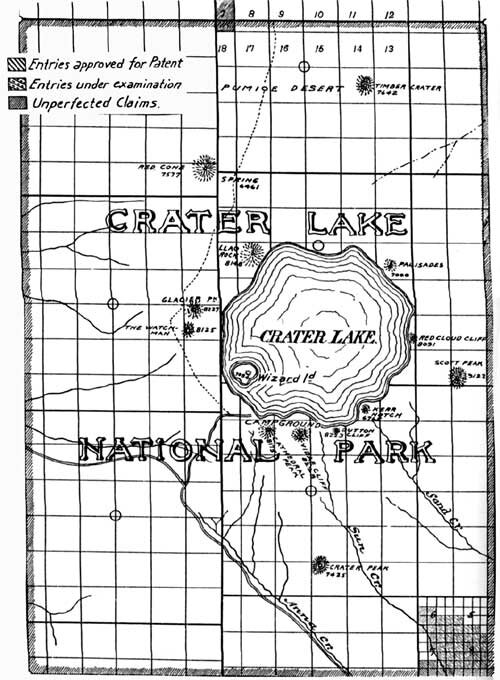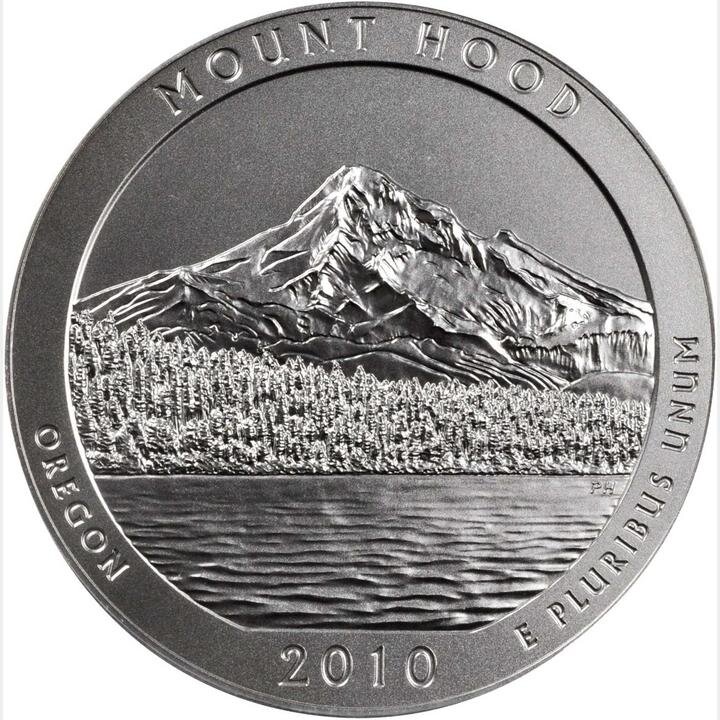Unfortunately, “America the Beautiful” represents a gross dereliction of the duty of the Biden administration to future generations.
Read MoreBiden’s Bait and Switch

Federal Lands
Unfortunately, “America the Beautiful” represents a gross dereliction of the duty of the Biden administration to future generations.
Read MoreFigure 1. Some red cliffs in the Red Cliffs National Conservation Area. Source: Bureau of Land Management.
As the Trump administration was slithering out the door in mid-January, it issued decisions that would put a new 4.5-mile-long four-lane divided highway through both the Red Cliffs National Conservation Area and a particular stronghold for the imperiled Mojave desert tortoise.
Read MoreFigure 1. Whitebark pine on the Fremont-Winema National Forest. Source: George Wuerthner (first appeared in Oregon Wild: Endangered Forest Wilderness, Timber Press, 2004).
After decades of dithering, the Fish and Wildlife Service has finally proposed listing the species as “threatened” under the Endangered Species Act (ESA).
Read MoreFigure 1. The Coleman Rim Inventoried Roadless Area on the Fremont-Winema National Forest, somewhat protected by the Forest Service Roadless Area Conservation Rule. Source: Sandy Lonsdale (first appeared in Oregon Wild: Endangered Forest Wilderness, Timber Press, 2004).
The bill still needs work if it’s to do more than merely restore the status quo prior to the Trump administration.
Read MoreNearly 4,700 miles of Oregon’s free-flowing streams will be added to the National Wild and Scenic Rivers System if legislation introduced this past Wednesday by Senator Ron Wyden (D-OR) becomes law.
Read MoreFigure 1. Brock Evans on the Snake River in Hells Canyon along the Idaho-Oregon border. Today, the stream behind Brock is a wild and scenic river, the hills above part of the Hells Canyon Wilderness, all within the Hells Canyon National Recreation Area. Source: Wake-Robin Press.
Millions of acres of older (mature and old-growth) forest in Oregon still stand today, the Snake River still runs free through Hells Canyon, and French Pete is again safely in the Three Sisters Wilderness—all because La Grande resident Brock Evans was on the case.
Read MoreMy previous Public Lands Blog post urges the federal government to buy all state trust lands surrounded by federal public lands. It’s a start. States should also find funds to convert state trust lands to public lands.
Read MoreMany conservation organizations are quite concerned and are girding their collective loins for battle. The Forest Service insists that the changes they propose won’t undermine the intent of the Eastside Screens. Who’s right?
Read MoreLegislation introduced by New Mexico’s two Democratic US senators would severely undermine the integrity of the National Wild and Scenic Rivers System.
Read MoreI am bearish on the prospect of establishing any new national parks in Oregon, save perhaps one that would be a hell of a long shot. I am semi-bullish on the possibility of modest additions to Oregon’s only national park. But I am bullish on the chances of designating several new National Park System units in Oregon.
Read MoreNo new national park proposal in Oregon has made it past the finish line since the establishment of Crater Lake National Park in 1902. Oregon’s only national park has had two very modest additions since then, in 1932 and in 1980.
Read MorePart 2 discusses multiple failures to establish additional national parks in Oregon.
Read MoreThere are national parks and then there are other units of the National Park System—all administered by the National Park Service. The United States has 62 national parks. It has another 357 units that are also part of the National Park System but go by another name (national whatevers). Herein we focus on the one national park in Oregon.
Read MoreIn 2019, Senator Ron Wyden and Representative Earl Blumenauer met with various stakeholders at Timberline Lodge to discuss the future of greater Mount Hood. Senator and Representative: What’s your plan?
Read MoreThere may (or may not) soon be an existential threat to over two million acres of federal public forestlands in western Oregon administered (for now, at least) by the Bureau of Land Management. Northwest Forest War III may be in the offing, and such would be a good thing.
Read MoreThe largest organism on Earth is one quaking aspen clone with more than forty-seven thousand stems (trees). This organism is being cow-bombed and otherwise abused.
Read MoreThe conservation community must now also contend with an emerging existential threat to the nation’s public lands posed by fringe groups of left-wing crazies who seek to tribalize public lands.
Read MoreFigure 1. There is a difference between conventional (business as usual) forestry and that kind of forestry practiced on a Forest Stewardship Council-certified forestland (see below). Source: Forest Stewardship Council.
When one has to consume tree flesh, more commonly known as wood, it’s best to use wood certified as coming from a responsibly managed forest. However, one person’s definition of responsibleis another person’s nightmare. Whether forest management is a nightmare or a dream depends on both the reference point one starts with and who owns the land.
Read MoreWhile the how, when, where, and why of mining on federal public lands is important (see Part 1), at least as important is where notto mine on federal public lands. These include places where the public’s interest in the conservation of natural, historical, and cultural values outweighs the value of any minerals that might be had, places that have been reserved for the benefit of this and future generations rather than for the benefit of today’s corporation.
Read MoreToday anybody, including foreign companies (as long as they own a domestic corporate shell), can enter most federal public lands and stake a claim, which the government treats as a right to mine. The government cannot say no to such hardrock mining, no matter how inappropriate.
Read More












